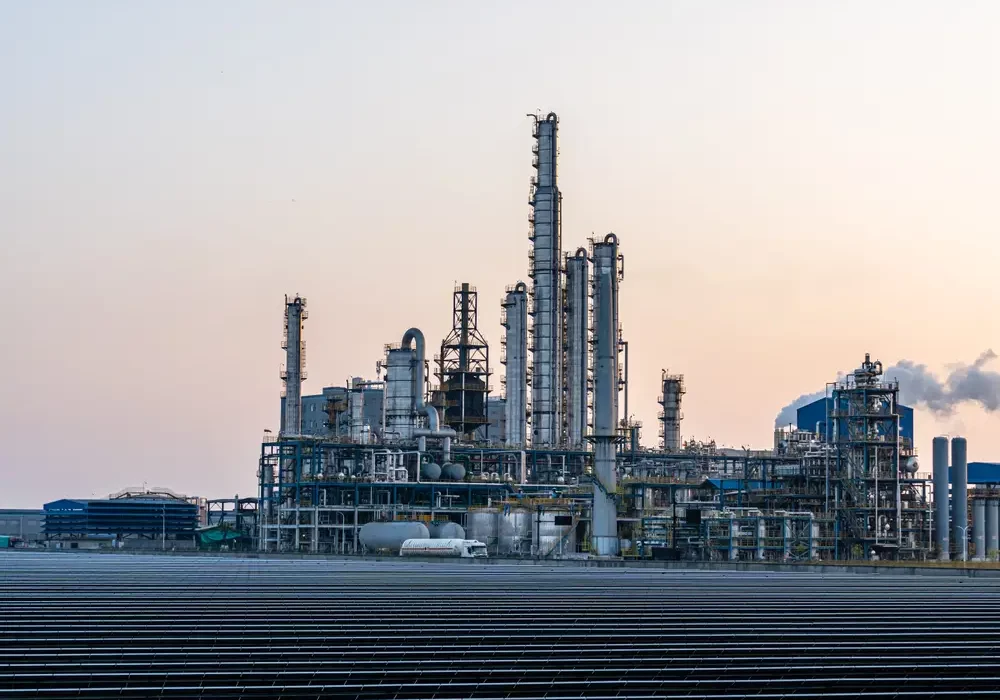In a monumental stride towards environmental sustainability, the United States witnessed a noteworthy 1.9 percent reduction in greenhouse gas emissions in 2023, marking the lowest level since 1969. This encouraging revelation, brought to light by the reputable independent research firm, the Rhodium Group, signifies a paradigm shift towards cleaner energy sources. In this extensive exploration, we will unravel the intricate layers of this decline, delving deeper into the contributing factors, acknowledging the triumphs, addressing the challenges, and emphasizing the urgent need for accelerated efforts to meet the ambitious Paris Agreement goals.
The Decline: A Glimpse into the Numbers
As we delve into the numerical landscape, the preliminary estimates unveil a 17.2 percent decrease in emissions compared to 2005 levels. This substantial progress is attributed to a combination of factors, including an impressive eight percent reduction in the power sector and a commendable four percent decline in emissions from commercial and residential buildings. While these strides are commendable, a critical analysis reveals that there is a pressing need for more aggressive measures to align with the challenging yet vital Paris Agreement targets.
Power Sector: Leading the Charge
Undoubtedly, the power sector emerges as the torchbearer of progress, experiencing an eight percent reduction in emissions. A noteworthy milestone is the fact that, for the second time ever, more power was generated from nuclear sources than from coal. This profound shift underscores the evolving landscape of energy production in the United States, signifying a decisive move towards cleaner and more sustainable energy alternatives.
Transportation and Industry: A Tale of Two Sectors
While the power sector made commendable strides, it’s imperative to acknowledge the challenges posed by the transportation and industry sectors. Despite the overall reduction, the transportation sector, holding the mantle for the highest emissions, saw a 1.6 percent increase from 2022 levels. Similarly, the industry sector, the second-highest emitter, experienced a one percent rise. Effectively addressing the challenges in these sectors will be crucial for sustained and comprehensive progress towards emission reduction goals.
Weather, Economics, and Trends
A nuanced understanding of the factors influencing emissions necessitates a closer examination of the intricate interplay between structural decarbonization, weather patterns, and economic drivers. The Rhodium Group emphasizes the need to differentiate these elements to gain a deeper understanding of the long-term trends shaping emission levels. This discernment is pivotal for crafting effective strategies that go beyond short-term fluctuations.
Natural Gas and Renewables: Shaping the Energy Landscape
The expansion of natural gas, outpacing renewables by more than two times, raises pertinent questions about the trajectory of the energy landscape. As we anticipate surges in renewable energy deployment and electric vehicle adoption, the pace of emission reduction remains a pivotal concern. A comprehensive analysis of the factors influencing the choices between natural gas and renewables will shed light on the dynamics that will define the future of sustainable energy.
Legislative Impacts
The forthcoming years are poised to witness substantial changes driven by legislative measures such as the Infrastructure Investment and Jobs Act, along with the Inflation Reduction Act. These acts are anticipated to play pivotal roles in driving significant greenhouse gas emissions reductions. A meticulous analysis of the potential impact of these legislative measures will be instrumental in gauging the trajectory of future emission levels.
The Imperative for Additional Policies
While acknowledging the progress made, climate experts, including Rachel Cleetus from the Union of Concerned Scientists, emphasize the necessity of additional policies. Curtailing the expansion of fossil fuels is identified as a critical step to meet climate goals for 2030 and beyond. This calls for a comprehensive examination of the policy landscape, identifying gaps, and proposing strategies to address them.
Industrial Sector: A Critical Frontier
Emissions in the industrial sector witnessed increases, primarily driven by carbon released during production and transportation. To achieve substantial progress in industrial decarbonization, addressing emissions from chemical production, iron and steelmaking, and cement manufacturing is imperative. Exploring innovative solutions and technologies will be vital to overcoming the challenges posed by these crucial industrial processes.
Conclusion
The decline in emissions in 2023 is undeniably a positive step, showcasing the potential for change and signaling a collective commitment towards a greener future. However, the looming deadline for the U.S. 2030 climate target under the Paris Agreement necessitates sustained efforts and a robust policy push. As we vigilantly monitor the developments in 2024 and beyond, the central question persists: Can the U.S. not only maintain but accelerate its emissions decline to meet the challenges of a rapidly changing climate landscape? The journey towards sustainability requires continuous dedication, innovative solutions, and a united global effort to create a resilient and environmentally conscious future.

